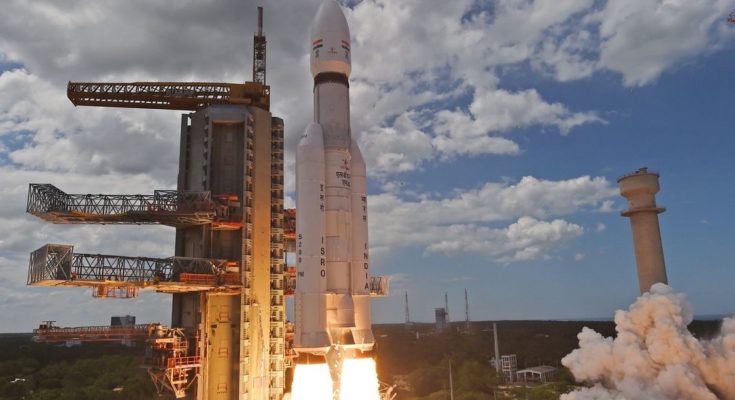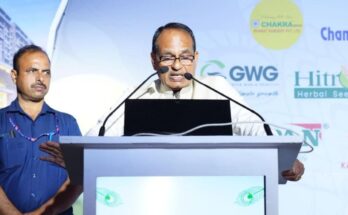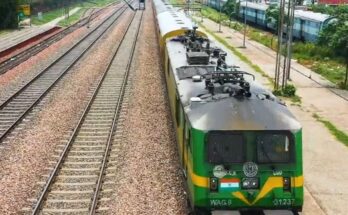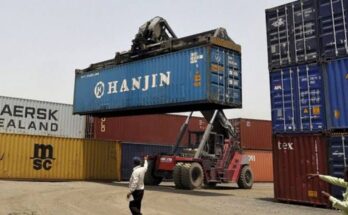Chandrayaan3: ISRO successfully launched a 642-tonne heavy lift rocket LVM3 carrying Chandrayaan – 3 satellites from Sriharikota today. India’s yet another historical mission to the moon began today noon after the completion of the three stages.
Minister of State for Science and Technology, Dr. Jitendra Singh and former Chairpersons of ISRO witnessed the launch from the Control Centre ISRO. Apart from the scientists and their families, hundreds of registered onlookers outside the campus to witness the mission to the moon whistled and clapped even as the rocket took to the skies.
More than 200 journalists from all over the Country and international media gathered at the venue to witness the launch from the Media Centre ISRO also joined the celebration with thunderous applause. All three stages performed exactly in textbook style. The first stage powered by solid fuel followed by liquid fuel and the third and final cryogenic stage powered by liquid hydrogen and liquid oxygen performed in a perfect automatic launch sequence.
The rocket blasted off exactly at 2. 35 hours and 17 seconds from the second launch pad of the Sathish Dhawan Space Centre.ISRO had about 54 lady engineers and scientists who worked directly in the Chandrayaan-3 mission. They are associate and deputy project directors and project managers of various systems working at different centres.
The common thread that runs between Chandrayaan-2 and Chandrayaan-3 missions is the soft landing of the lander on the lunar soil and the rover doing some chemical experiments. However, there are differences in the lander specifications, payload experiments and others between the two missions. The mission director is Mohan Kumar, the Vehicle/Rocket Director is Biju C. Thomas and the Spacecraft Director is Dr P. Veeramuthuvel.
The propulsion module has a payload to study the precise metric measurements of Earth from the lunar surface. The lander payloads are to measure the thermal conductivity and temperature, and also take the exact data to measure the seismicity around the landing site. A passive laser retro-reflector array from NASA is accommodated for lunar laser ranging studies. The rover will carry two small devices to derive the elemental composition of the landing site.




